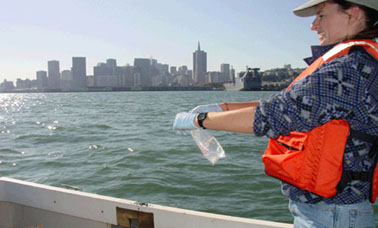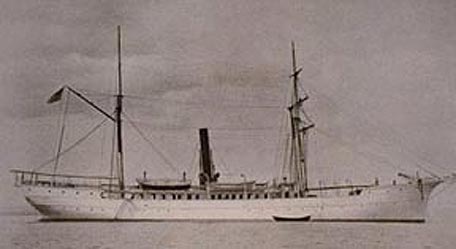|
California Academy of Sciences
|
ABOUT
SF BAY: 2K
|
San Francisco Bay is a unique natural environment - one that has been particularly
impacted by human activity. In fact, the Bay is now almost completely surrounded
by urban areas. Much of the original shoreline has been filled or dredged. Pollution
from sewage, agricultural run-off, and industrial wastes has contributed to
marked changes in the biota and ecological balance of the Bay. Habitat loss
and the introduction of non-indigenous species have adversely affected the health
of the Bay.
 |
Downtown San Francisco Skyline
Periodic
baseline surveys are required for any environmental mitigation effort that seeks
to reverse the deleterious effects of development, and restore or stabilize
habitat in the complex ecosystems of the San Francisco Bay. Basic to the solution
of Bay management problems is acquiring knowledge of the organisms existing
in the area. It has been nearly 40 years since the last
major biodiversity survey in the Bay. There have been many changes
since that time: the regional population has risen from 4 to over 6 million,
commercial salt production in the South Bay has come and gone, and a once thriving
fishing industry has faltered due to the unavailability of local catch. One
of the greatest chronic problems in the Bay is the introduction of exotic
species. Competition with introduced organisms compounds the problems
associated with pollution and destruction of habitat. It has been documented
that over 200 non-native species of organisms are now found in San Francisco
Bay. The need for more detailed and current documentation of biological changes
led the Academy to undertake its SF Bay:2K Project.
Data and specimens are being collected throughout the Bay using ship- and shore-based protocols. Collection methods involve near-shore sampling with hand tools and sampling from our research vessel. The project has ichthyological and invertebrate zoological components. Specimens will be added to the permanent collections of the Academy, making them available for future scientific study.
 |
 |
INVERTEBRATE ZOOLOGY & GEOLOGY| ICHTHYOLOGY|EDUCATION | RESEARCH